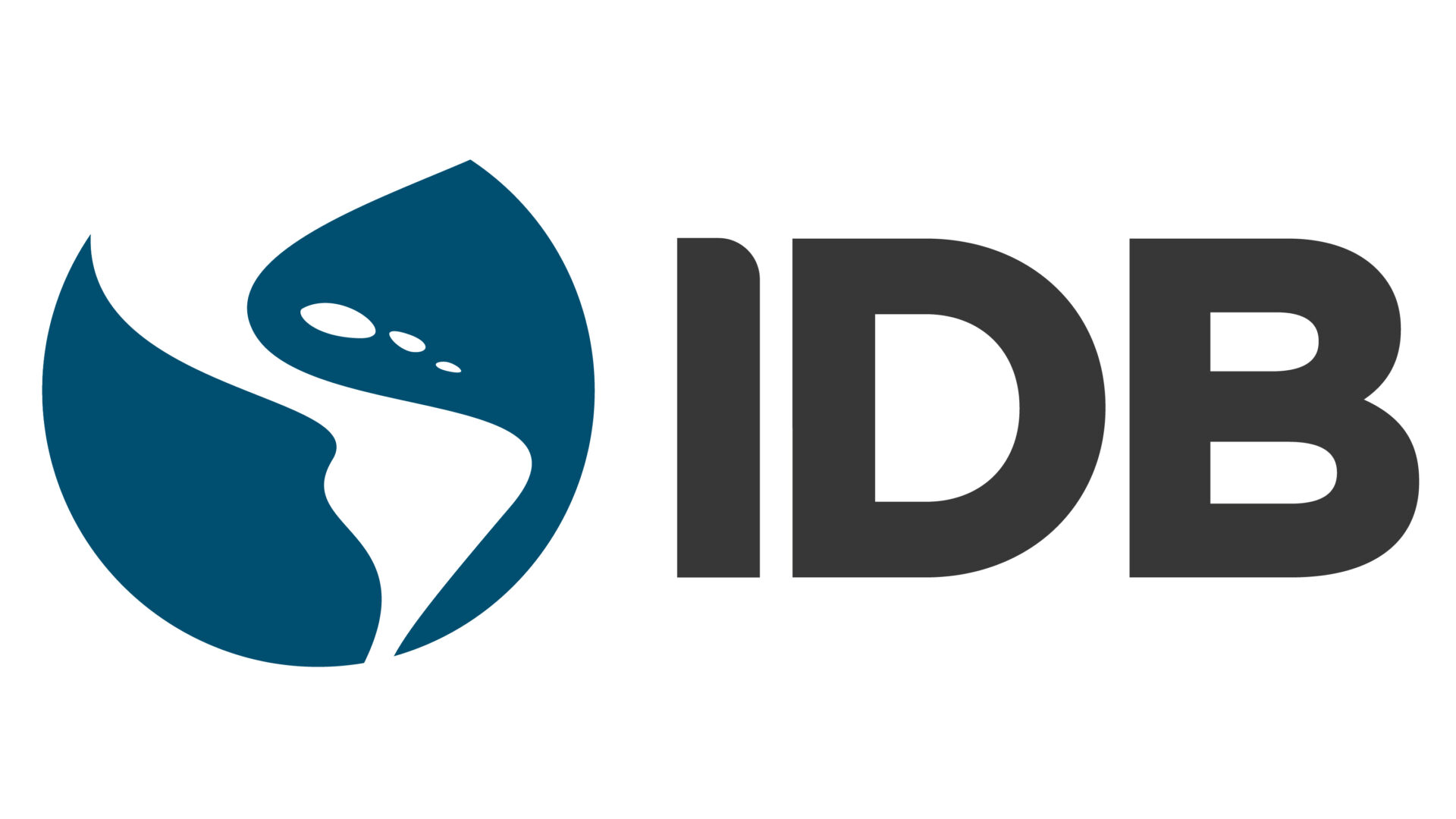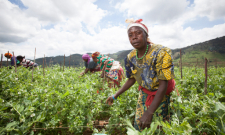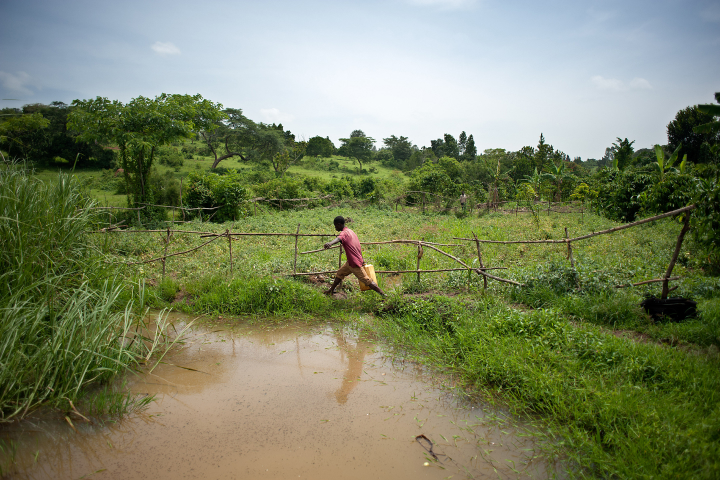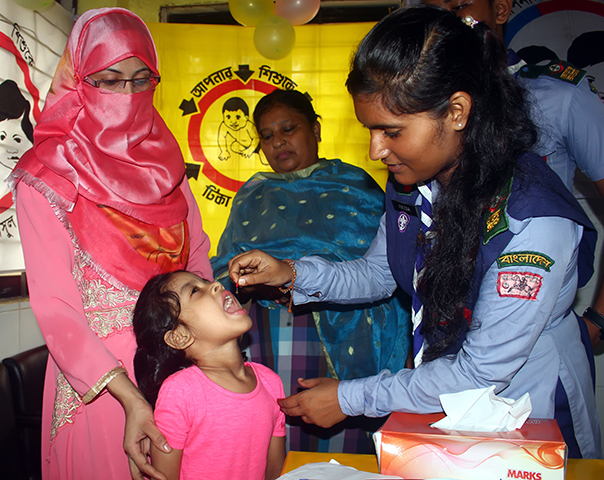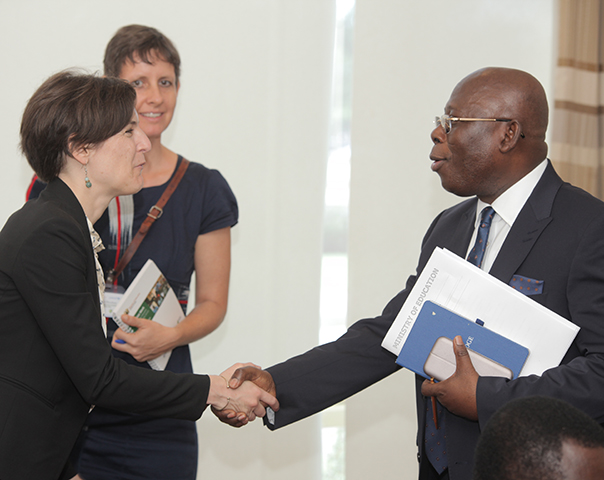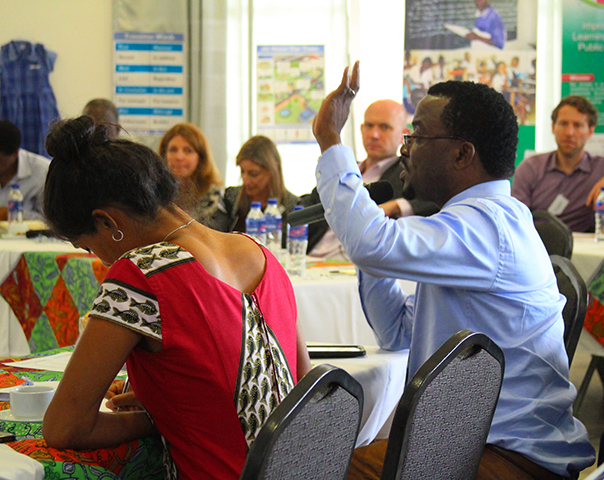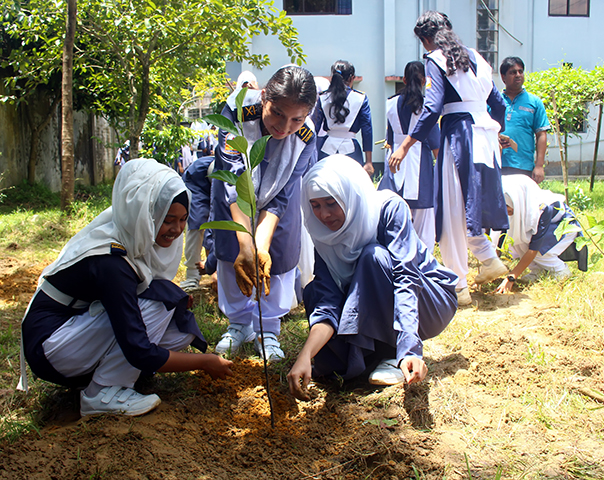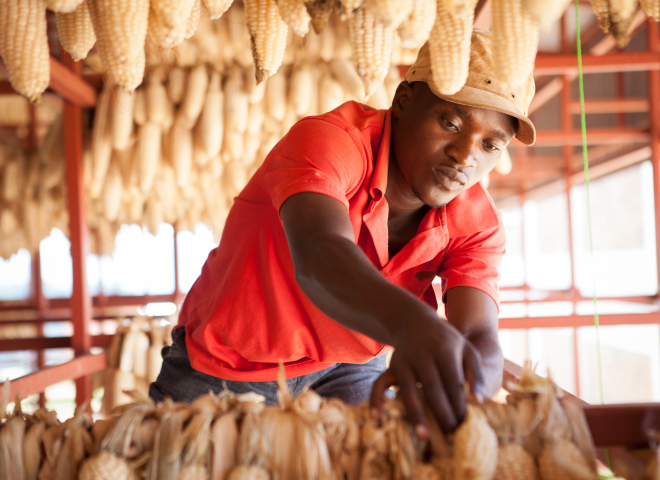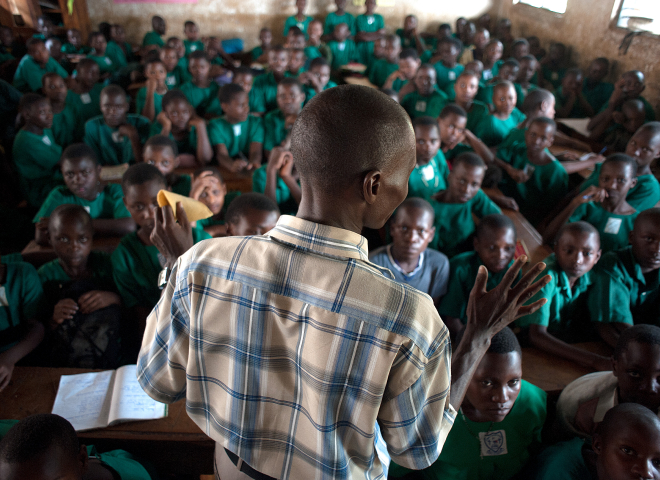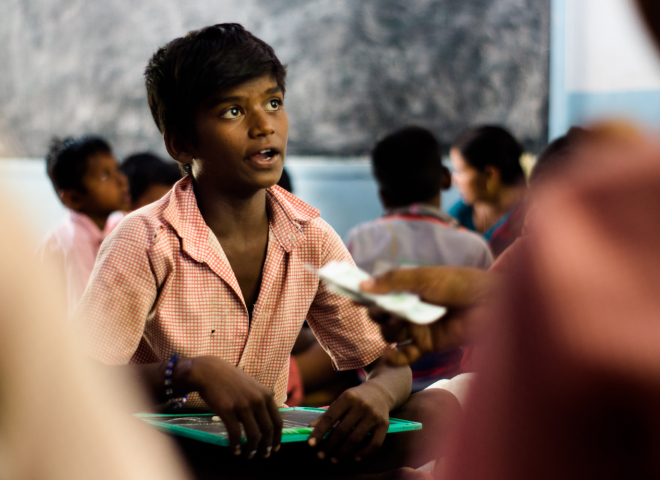The Challenge
Adolescent pregnancy can have significant consequences for girls' futures, including lower educational attainment and a higher risk of poverty. In low and middle-income countries, this remains a public health challenge, with approximately 13 percent of girls giving birth before age 18.1 This incidence is even higher for girls from vulnerable indigenous backgrounds, who are more likely to live in isolated rural areas. Peru's Ayacucho region exemplifies this challenge: adolescent pregnancy rates exceed those in other parts of the country,2 and the few available health facilities often do not have services in Quechua, which a large segment of the population speaks.
In the absence of culturally accommodating health facilities, innovative approaches must be designed to promote positive reproductive health behavior among adolescents. Digital apps are a common tool, given their accessibility in providing accurate, tailored information. Evidence suggests that such apps have improved reproductive health knowledge, particularly when designed to accommodate cultural norms.3 Can these positive impacts be replicated in Peru for a historically disadvantaged population?
The Program
“Kuska: Deciding my Path” is an Android- and tablet-based app designed by researchers and IPA Peru to provide comprehensive reproductive health education to secondary school students in Quechua-speaking areas. The app contains interactive modules on themes including decision making, sexual and reproductive rights, personal planning, sexual violence, and adolescent pregnancy.
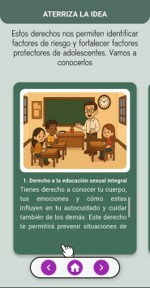 | 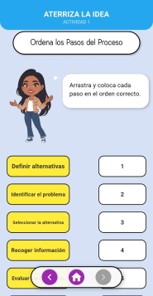 |
Importantly, the Kuska app was developed to be intercultural to address the heritage and norms of the Quechua students. To this end, it incorporates illustrations and audio in Spanish and Quechua Chanka, and the content was validated in successive iterations by experts in reproductive health, pedagogy, and interculturalism. It is also available for offline use, which is key due to connectivity issues that are present in Ayacucho.
The Evaluation
Researchers partnered with IPA Peru to conduct a pilot study to evaluate the Kuska app. The intervention involved four schools in Ayacucho participating in intercultural bilingual education.
With students, researchers conducted 24 focus groups (which varied by gender, grade distribution, and school coverage to obtain diverse opinions) to assess Kuska’s usability, content, design, and strengths and weaknesses.
Researchers also conducted semi-structured interviews with teachers. The interviews gauged opinions on Kuska’s navigability and use, deployment in school, pedagogical utility and pertinence, modules, and institutional adoption and areas for improvement.
Conclusions
The pilot indicates that Kuska is usable, culturally pertinent, and pedagogically valuable for students and teachers in rural Quechua-speaking settings. Participants highlighted the app’s intuitive navigation, short modular structure, and scenario-based content as facilitators of comprehension and reflection. The bilingual (Spanish/Quechua Chanka) audio and illustrations supported identification with the content and increased engagement, while offline functionality enabled consistent use in low-connectivity schools.
At the same time, users suggested making subsequent in-app interactions more explicit at certain points in the modules (that is, clarifying what action comes next in the interaction flow) and broadening interactive features to sustain motivation across sessions. Teachers also requested a brief classroom guide to align Kuska with regular tutoring/ESI periods and to support sensitive discussions. Taken together, these findings suggest Kuska is feasible for school-based use with modest, targeted refinements before scale-up.
Next Steps & Dissemination
Building on the pilot, Kuska requires targeted refinements to clarify subsequent interactions, sustain engagement across sessions, and provide concise guidance for classroom use. In parallel, findings will be shared with education and health authorities, school leadership, and partner organizations—through short briefs and demos—to explore the feasibility of its integration into regular school activities. In line with the pilot’s findings, options for a rigorous evaluation are being explored with relevant stakeholders, with details to be defined based on feasibility and alignment with sector priorities.
Sources
1. UNICEF, Early childbearing can have severe consequences for adolescent girls,” UNICEF, November 2024, https://data.unicef.org/topic/child-health/early-childbearing/
2. Demographic and Family Health Survey (2023)
3. Patel, Aneri, Samantha Louie-Poon, Samar Kauser, Zohra Lassi, and Salima Meherali. "Environmental scan of mobile apps for promoting sexual and reproductive health of adolescents in low-and middle-income countries." Frontiers in Public Health 10 (2022): 993795.
Funding Partner
